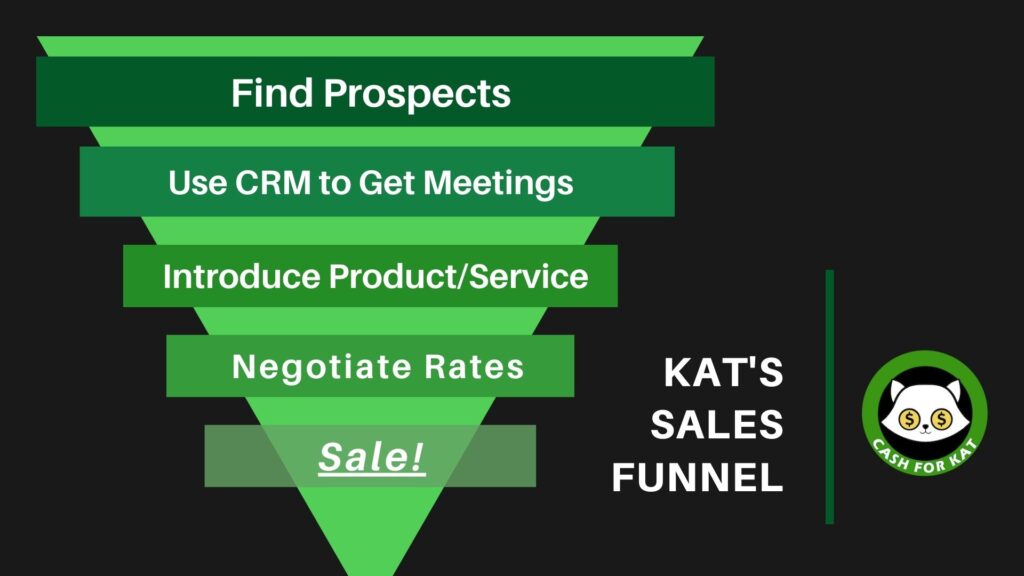
Embarking on my journey to explore the world, I decided to leave my job behind and make money online.
Little did I know that this path would lead me to become an entrepreneur at the young age of 24!
My quest for online income began humbly, driven by the desire to prove to myself that I could bring in money independent of an employer.
The initial years were far from easy. I juggled part-time jobs alongside sporadic online gigs, facing the highs and lows of an unpredictable income.
Often I felt like all that I’d accomplished was a glorified side hustle. Or worse, multiple side hustles strung together in a weird juggling act!
Eventually, I was able to build my business to a full-time income. My side hustles weren’t failures, they were stepping stones to success! So this post delves into why we need to redefine our definition of “side hustle” so that budding entrepreneurs can gain confidence in the early stages of their business!
Table of Contents
- Side Hustle Definition
- My Side Hustle Definition for Wannabe Entrepreneurs
- How can you use side hustling as a stepping stone to entrepreneurship?
- Defining the steps you need to go from side hustler to entrepreneur
- Final thoughts on my new side hustle definition
Side Hustle Definition
For the average joe side hustler, the definition of side hustle is this: Making money outside of your 9-to-5 job. As you can imagine, this can account for a wide range of money-earning activities.
Freelancing, part-time jobs, selling things online… basically anything can be a side hustle! That is why I think side hustling is really awesome. You gain additional income, as well as more financial security against job lost, and you are too busy to spend your money.
So why do we often degrade “side-hustling” to some sneaky thing that we play around with outside of our “real” job?
A while back I wrote a post called, Don’t Start a Side Hustle, Start an Income Stream. My basic thesis is that the typical definition of side hustling is self-limiting.
I believe that you need to treat your “side hustle” as a legitimate source of income… one that can grow into a massive income stream over time.
My Side Hustle Definition for Wannabe Entrepreneurs
Just like “side hustle”, the phrase wannabe tends to have negative connotations. According to Webster, a wannabe is, “a person who wants or aspires to be someone or something else or who tries to look or act like someone else.”
I find this definition to be spot on. I spent years working at start-ups in San Francisco before I quit my job to travel the world and start my own business. What I’ve found over the years is that everyone has a bit of a “fake it till you make it stage”. Not only that, but most people spend a lot of time suffering from imposter syndrome.
This is why my side hustle definition for wannabe entrepreneurs is this: Side hustles are a stepping stone to entrepreneurship.
Though you may currently be stuck in the position where your side hustle is something that has to be combined with a 9-to-5 gig… that can change. One day, you may be able to continue a side hustle with a few freelancing contracts on the side. And from there… you can grow to becoming a fulltime entrepreneur!
How can you use side hustling as a stepping stone to entrepreneurship?
Throughout college and my brief 2 years working for others, I’ve always had side hustles. Sometimes it would be a part-time job and other times it would be random projects I would pick up once a month.
What I learned was that you do not need one person to give you money because it is better to have multiple income streams.
You will also gain exposure to a wide variety of experiences that can help you perfect your business skills. Perhaps the most important thing I learned was how businesses make money in a wide variety of ways.
Defining the steps you need to go from side hustler to entrepreneur
If you treat side hustling with this mentality, you might be able to follow the path I took to entrepreneurship. Below, I’ve included some phases that I experienced when transitioning from side hustler to freelancer to entrepreneur. Your journey might be different, but I hope this helps you to see what is possible!
7 steps to go from side hustler to entrepreneur:
- Sign up for freelancing platforms
- Find your own clients
- Self-Development
- Re-invest your earnings
- Build a repeatable process
- Outsource work to freelancers
- Create an in-house team
1. Sign up for freelancing platforms
Freelancing platforms are a great way to meet potential long-term clients. Additionally, by completing projects on sites like UpWork and Fiverr you will gain valuable work experience that can help you find your own clients.
Here are some freelancing platforms you can start with:
- The guest post apps
- Best freelancing websites for beginners
2. Find your own clients
Once you’ve have some freelancing experience under your belt, you will want to start looking for your own clients. Freelancing platforms tend to take a cut of your profits and the competition for clients tends to be fierce. That means that your rates will need to be competitive and the amount you usually end up working for is not much better than your old 9-to-5.
The best way to overcome this is by learning how to do cold outreach to potential clients. You will need to learn how to create a sales funnel. A sales funnel is the various steps that it takes to transition someone who has never heard of your product/service into a buyer.
This process tends to look like a funnel because not everyone you speak to will be interested in your service. Even those who ARE interested might find that it is not the right time or they don’t have the budget.

3. Re-invest your earnings
It can be really tempting to enjoy your profits right away. If you do this, it will not allow you to grow your clientele to the point where you have a full business!
Even once you have a few clients, chances are you will be fulfilling all the work yourself. While this is possible, it is not sustainable or scalable. That is why you will need to invest your earnings back into your business.
A major business milestone is when work is still happening even when you are not doing it. This means that you will need to implement some of the following:
- Automation (ie: to send mass emails to clients)
- Artificial intelligence (perhaps to help with fulfilment)
- Templates (to speed up your processes)
4. Invest in Self-Development

Once you are at the stage where you have some excess income, one of the best investments you can make is improving yourself. You need to grow both personally and professionally to take your business to the next level.
A common saying at start-ups goes something like this: The team that took you to your series A funding round is not the same that will get you to your series B funding round.
The basic meaning is that the needs of a business grow and change with time. For example, the mentality that made you a great side hustler is a different one than the one that makes you a great freelancer.
Side hustles tend to require showing up and completing set tasks. Freelancing tends to require completing more complex projects with autonomy. Entrepreneurship means you need to be a leader and learn how to guide a team to success.
Not one of these is “better” or “worse”, they are just a different set of skills. That is why I recommend you work on your self-development by reading books, taking courses, and finding mentors in your field.
5. Build a repeatable process
Hopefully by this stage your investments in your business are starting to turn more of a profit. You should also have completed enough projects to know that certain tools can help you to better organize things. Ultimately, you will want to get rid of as many recurrent tasks as you can.
This is why many businesses have the following resources:
- Onboarding documents
- Set sales packages
- Contract Templates
All of these things can be created and planned for in advance. You do not want to create a document from scratch every time you have a new client if you don’t have to!
By organizing and systematizing your processes, you make your life easier. You also make it possible to start handing over the work to someone else to complete! As a stepping stone, many people start with virtual assistants who can “fill in the blank”. With time, this will grow to freelancers and eventually your own team.
6. Outsource work to freelancers
Freelancers are a great resource for new entrepreneurs. With limited profit, you may not be ready to bring on a full-time team member. That being said, you may have enough budget to start outsourcing some of the more basic projects to freelancers.
The benefit of working with freelancers is that they tend to have a specialized skill set. You can also test out working with a few of them to find the ones that work best for your business needs. If your business grows, your freelancers can also be a pool of talent that you can draw from to gain your first employees!
Either way, outsourcing is a great first step to delegation and project management.
7. Create an in-house team
This is a step that I haven’t quite reached myself. That being said, I do know it is the step I have my eyes on! I’ve been working with many freelancers over the last year or so and it can be a job all on its own. Eventually, I will need someone to help manage this process so I can turn my attention back to other aspects of running the business.
As an entrepreneur, there will be very specific tasks that can be only done by you. In my business, I know that I’m the only person who can currently manage a full sales cycle. This includes cold outreach to prospective clients, sales meetings, contract drafting, client onboarding, renewals, etc.
At some point, I might have people in place who can handle 90% of this function. Yet I will always have to be involved in the sales in some capacity because my signature will be needed to close any new deal.
Final thoughts on my new side hustle definition
In the realm of side hustles, I stumbled upon a gateway to unanticipated opportunities and personal growth. What began as a quest for online income swiftly unfolded into a journey of skill acquisition and entrepreneurial discovery.
The metamorphosis from a virtual assistant to a multifaceted business owner underscored the potential that lies within the world of side hustles.
The essence of side hustles goes beyond merely increasing your income. It symbolizes the willingness to explore, adapt, and evolve.
And isn’t being a business owner all about embracing the hustle and grind anyways?
What’s your current side hustle? Have you turned your “hustle” into a full-time business? I’d love to hear from you in the comments!

